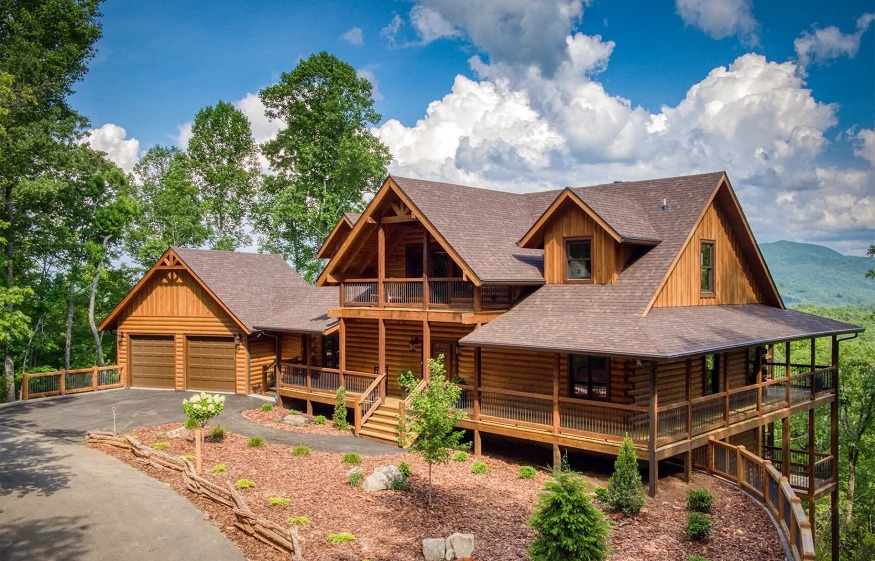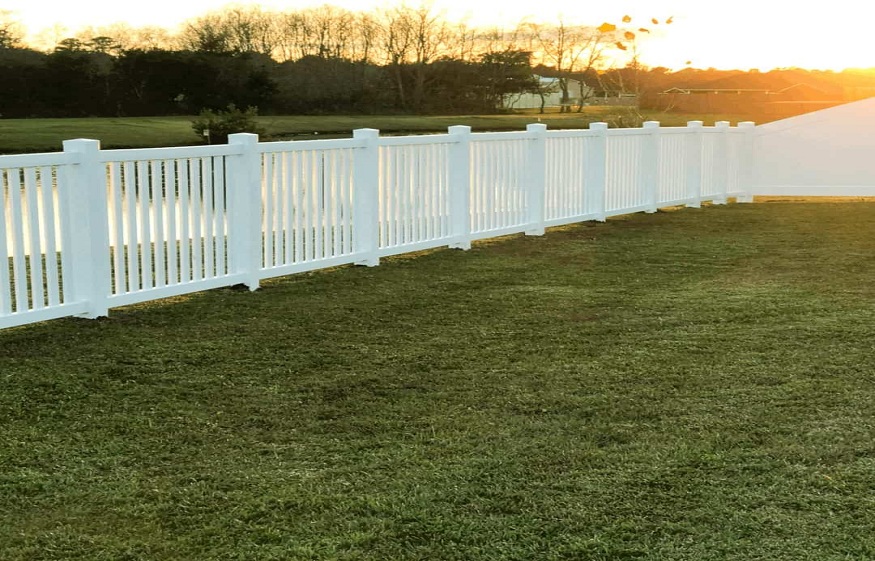When it comes to building or buying a log cabin, one of the most important decisions you’ll make is the type of wood used in its construction. The kind of timber chosen affects not only the appearance of the cabin, but also its durability, insulation properties, maintenance needs, and overall cost.
In the UK, where cabins are often exposed to damp weather, changing temperatures, and seasonal use, choosing the right wood can make all the difference. Here’s a breakdown of the most common woods used in log cabins, along with their advantages, disadvantages, and a few lesser-known facts.
1. Pine – Affordable and Widely Available
Pros:
- Pine is one of the most commonly used timbers for log cabins in the UK and across Europe.
- It’s relatively inexpensive, easy to work with, and offers a light, warm appearance that suits rustic or modern styles.
Cons:
- Pine is a softwood, which means it’s more prone to dents, scratches, and general wear over time.
- It requires proper treatment to resist moisture, pests, and rot.
Little-Known Fact:
- When treated and kiln-dried properly, pine can be surprisingly durable. Many Scandinavian log cabins use pine successfully in harsh climates.
2. Spruce – The Standard for European Cabins
Pros:
- Spruce is a clean, pale wood with a uniform grain, making it a popular choice for precision-machined cabin kits.
- It’s lightweight, has good insulation qualities, and takes stains and finishes well.
Cons:
- Slightly less resistant to moisture than other woods, so it’s best used with protective finishes and regular maintenance.
- Like pine, it’s a softwood and may not hold up as well in high-traffic or high-impact areas.
Little-Known Fact:
- Norway spruce is commonly used in prefabricated log cabin kits imported into the UK. It’s easy to shape and excellent for interlocking log systems.
3. Cedar – Naturally Resistant and Low-Maintenance
Pros:
- Cedar contains natural oils that make it highly resistant to rot, mould, and insects.
- It has a beautiful aroma and ages to a silvery grey if left untreated—great for a more rustic or weathered look.
Cons:
- More expensive than pine or spruce.
- Softer varieties like Western Red Cedar can dent more easily.
Little-Known Fact:
- Cedar is often used in high-end log cabins for its longevity and minimal upkeep, especially in damp climates like the UK’s west coast.
4. Douglas Fir – Strength and Stability
Pros:
- Douglas fir is a strong, dense softwood that offers impressive structural integrity.
- Its reddish hue and prominent grain pattern give it a striking appearance.
Cons:
- It can be more expensive than pine or spruce.
- Needs to be well-treated if exposed to UK weather, especially in wetter regions.
Little-Known Fact:
- Despite being a softwood, Douglas fir rivals some hardwoods in strength, making it ideal for large beams and framework in two-storey log cabins.
5. Larch – Durable and Eco-Friendly
Pros:
- Naturally durable and rot-resistant, larch is ideal for external cladding and exposed areas.
- It’s grown widely in the UK, making it a sustainable and low-transport option.
Cons:
- Can be harder to work with due to its density.
- Tends to be more expensive than pine but less so than cedar.
Little-Known Fact:
- UK-grown larch is a great alternative to imported timber. It’s often used for eco-conscious builds due to its low environmental impact and excellent longevity.
Things to Consider Before Choosing Timber
When selecting wood for your log cabin, consider the following:
- Climate: If your cabin is in a wet or coastal area, prioritise moisture resistance.
- Use: Will your cabin be used year-round, or just seasonally? Heavier use may require more durable wood.
- Maintenance: All woods need some care, but cedar and larch typically require less upkeep than untreated pine.
- Aesthetic: The grain, tone, and texture of wood can vary greatly—consider what best suits your style.
There’s no single “best” wood for log cabins—it all depends on your needs, budget, and location. Pine and spruce are cost-effective and widely available, making them great for most UK cabins. Cedar, larch, and Douglas fir offer more resilience and distinctive finishes for those looking to invest in longevity or premium design.
By understanding the characteristics of each wood type, you can make an informed decision that ensures your cabin looks beautiful and stands strong for years to come.




